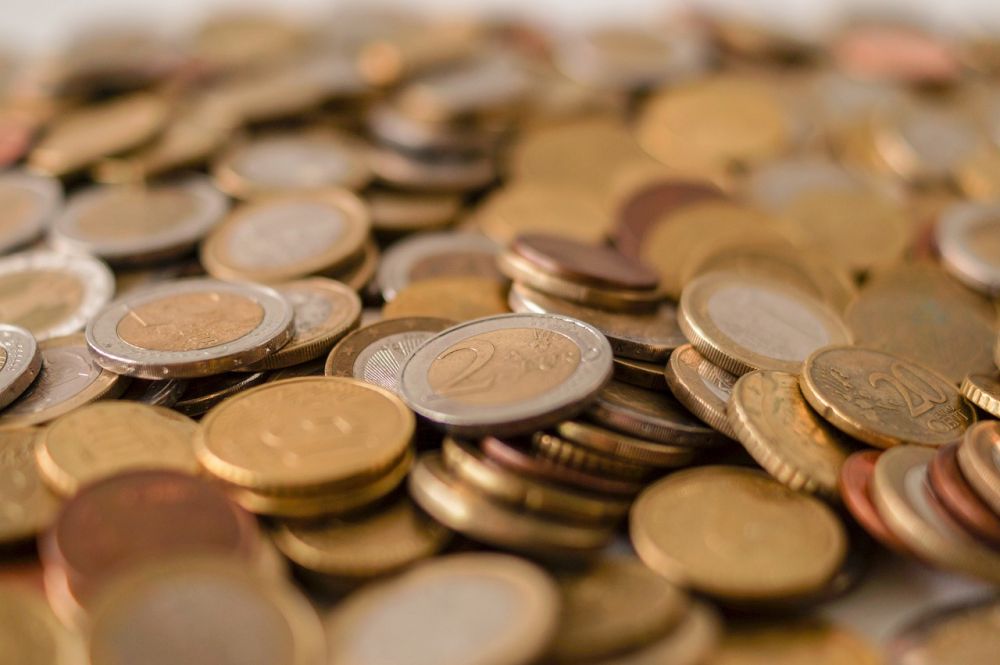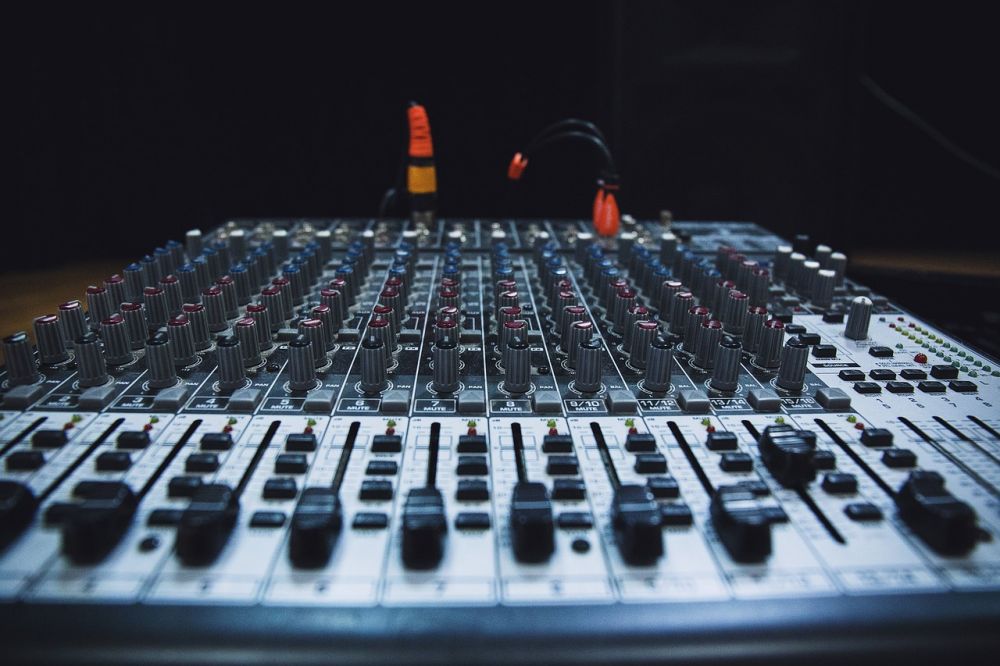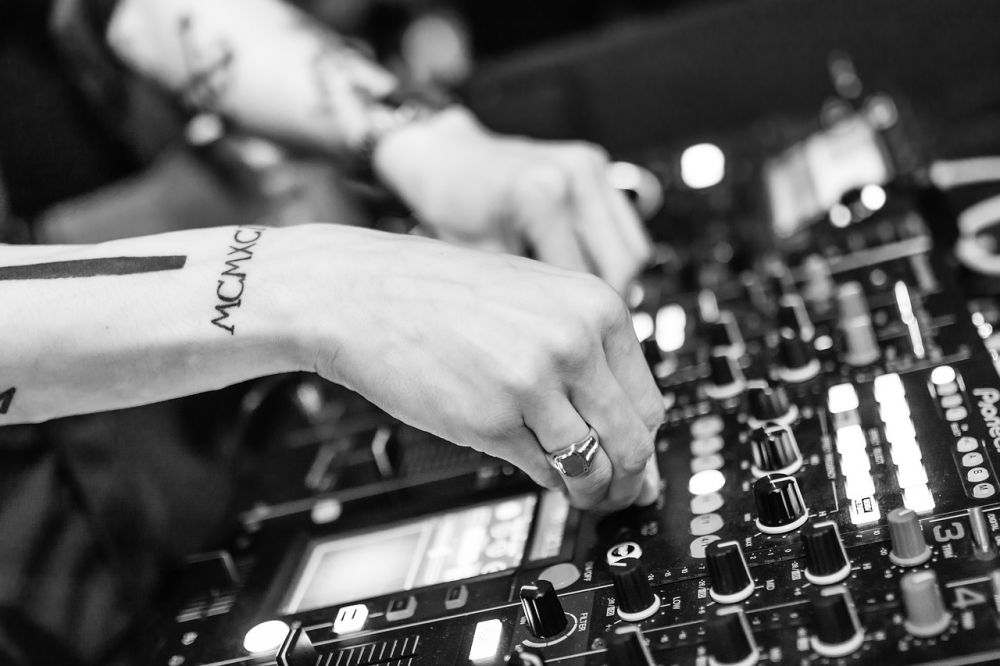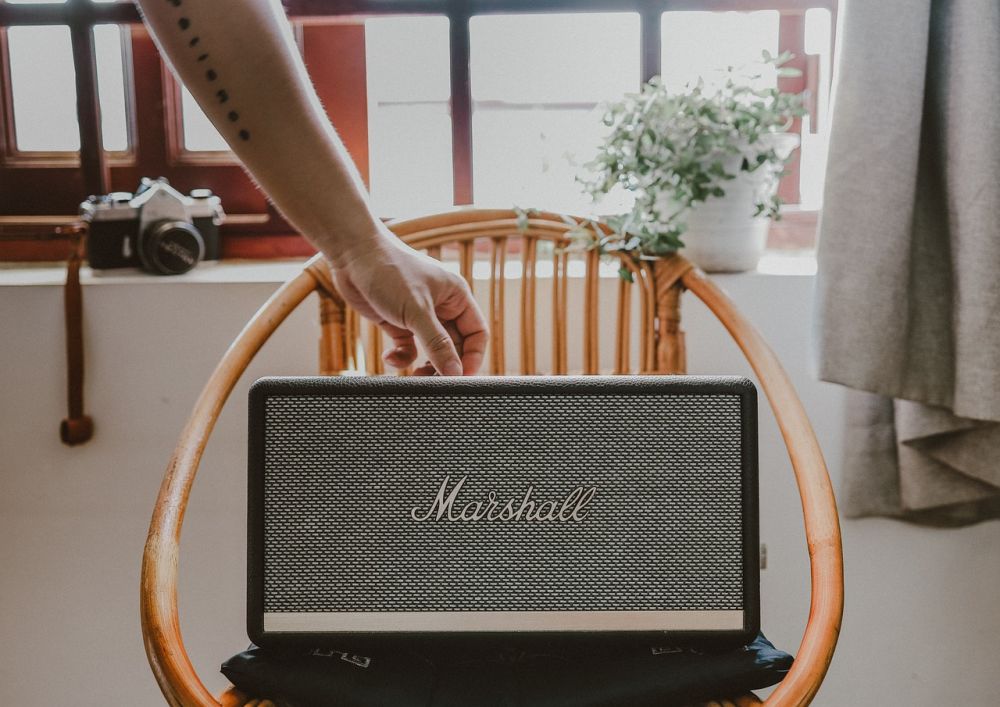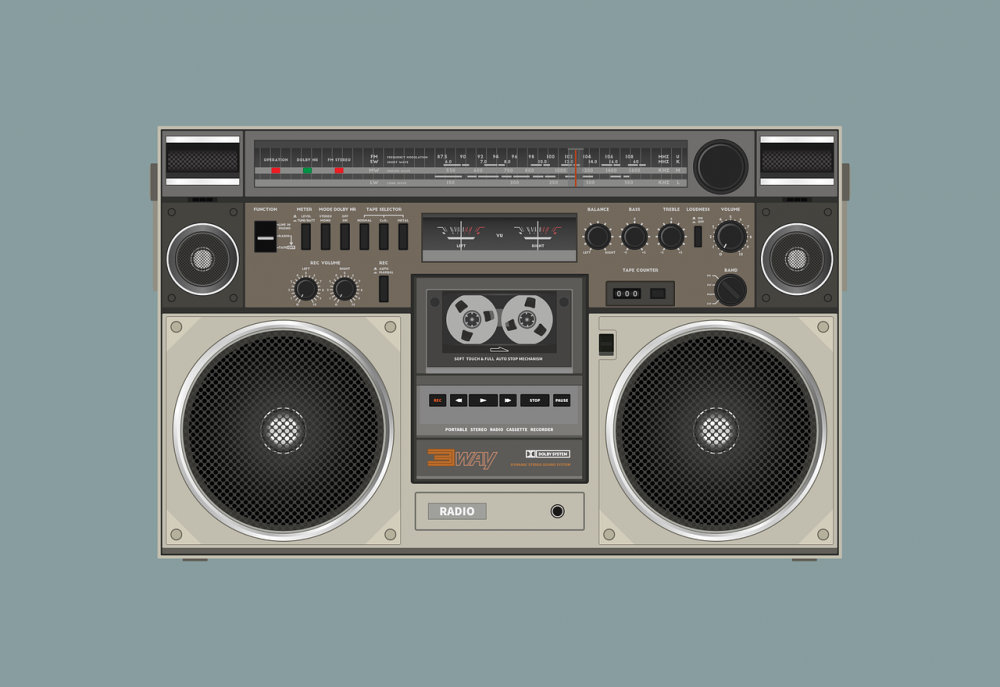Android Screenshot: Capture, Customize, and Share Your Android Device's Display
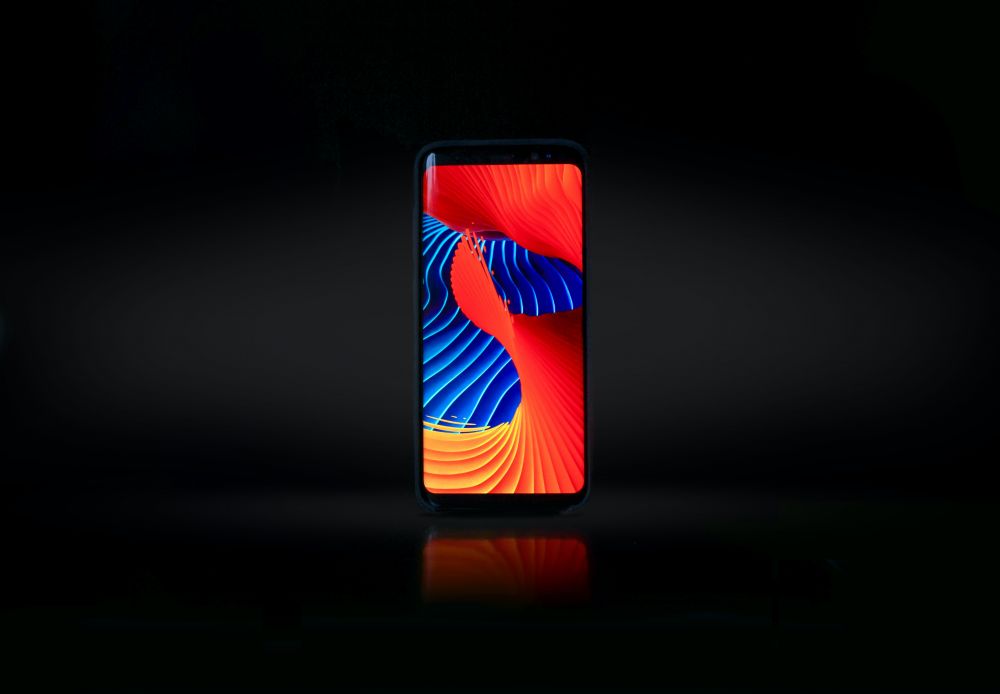
Introduction:
The ability to take screenshots on Android devices has become an essential feature for many users. Whether you want to capture a funny meme, share important information with colleagues, or troubleshoot a technical issue, taking a screenshot allows you to save and share moments from your device’s screen. In this comprehensive article, we will explore the world of Android screenshots, including their types, popularity, quantitative measurements, differences, and a historical overview of their advantages and disadvantages.
What is an Android Screenshot?
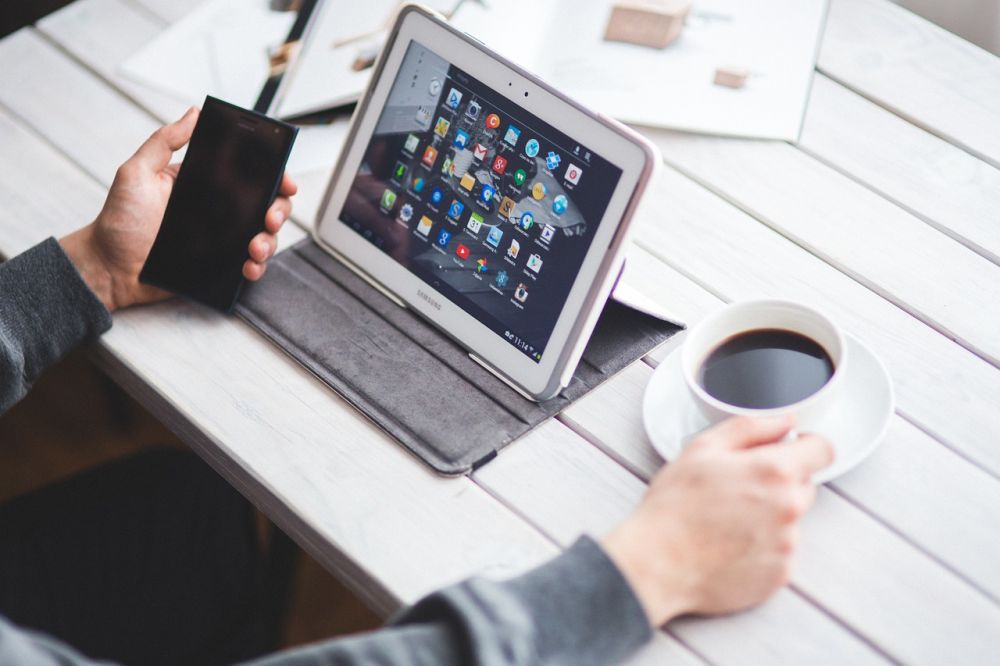
An Android screenshot refers to the process of capturing an image of the Android device’s display, be it a smartphone or tablet. It allows users to save an exact replica of what is currently shown on the screen, including app interfaces, web pages, chat conversations, and multimedia content. These screenshots can later be accessed in the device’s photo gallery or shared via various platforms.
Types of Android Screenshots
There are several types of Android screenshots available, each with its unique features and functionalities. Let’s explore the most popular ones:
1. Standard Screenshots:
The standard Android screenshot method is a combination of hardware keys, typically the power and volume down buttons, or the home and power buttons, depending on the device model. This method is universally applicable to most Android devices and captures the entire screen content.
2. Scrollable Screenshots:
Some Android devices, such as Samsung and Xiaomi, offer a native feature known as «Scroll Capture» or «Scrolling Screenshot.» This type of screenshot allows users to capture an entire webpage, document, or any other content that requires scrolling. Simply start with a regular screenshot and select the scrolling option to capture the complete content.
3. Long Screenshots:
Long screenshots, also referred to as extended screenshots or full-page screenshots, encompass an entire webpage or app interface by stitching together multiple screenshots vertically. Apps like Stitch & Share or LongShot make it easy to capture and share long screenshots, often supporting automatic stitching and annotation functionalities.
4. Partial Screenshots:
In certain scenarios, users may only want to capture a specific section of the screen, rather than the entire interface. Many Android devices now offer an option to crop and capture a custom-sized screenshot, allowing users to focus on the relevant information.
Quantitative Measurements of Android Screenshots
The usage and popularity of Android screenshots can be measured quantitatively through various factors. Some important metrics include:
1. Number of Screenshots Shared:
The number of screenshots shared across social media platforms, messaging apps, and other channels can indicate the popularity and relevance of this feature among Android users.
2. Screen Resolution and Clarity:
The quality and clarity of a screenshot depend on the device’s screen resolution and pixel density. Higher resolution displays generally produce clearer and more detailed screenshots.
3. Capture Speed:
Efficiency in capturing screenshots plays a significant role in user satisfaction. Faster capture speeds ensure quick and seamless sharing of screenshots without interrupting the device’s normal operations.
4. Screenshot File Size:
The file size of a screenshot can impact storage space on the device and the ease of sharing. Larger file sizes may take longer to upload and consume more data when shared via mobile networks.
Differences Between Android Screenshot Methods
Each Android screenshot method discussed earlier has its own advantages and limitations:
1. Standard Screenshots:
Pros:
– Universally applicable to most Android devices
– Simple and easy to use with the combination of hardware keys
Cons:
– Limited to capturing the entire screen, making it unsuitable for long webpages or chat conversations
2. Scrollable Screenshots:
Pros:
– Ideal for capturing long documents, webpages, or chat conversations
– No need for additional apps as it is native to certain Android devices
Cons:
– Not available on all Android devices, limiting its widespread usage
3. Long Screenshots:
Pros:
– Captures complete webpages or app interfaces in a single image
– Provides a seamless method to share comprehensive content
Cons:
– Requires a third-party app to stitch and share long screenshots
– May not capture dynamic content accurately, resulting in distorted images
4. Partial Screenshots:
Pros:
– Allows users to capture specific sections of the screen
– Helpful when sharing a particular UI element or a specific message
Cons:
– Requires manual cropping, which can be time-consuming for multiple screenshots
Historical Overview: The Pros and Cons of Android Screenshots
Over the years, Android screenshot functionality has evolved significantly, addressing user demands and adding new features. Let’s delve into the historical advantages and disadvantages of Android screenshots:
Advantages:
– Enhanced Visual Communication: Android screenshots enable users to visually communicate ideas, problems, or information conveniently.
– Troubleshooting: Screenshots are a valuable tool for tech support or troubleshooting, as they provide an exact image of device settings or error messages.
– Content Preservation: Screenshots help preserve and archive valuable content, such as receipts, important messages, or memorable moments on social media.
– Collaboration and Sharing: Sharing screenshots facilitates collaboration among colleagues, friends, or family, enabling them to provide feedback or capture shared experiences.
Disadvantages:
– Privacy Concerns: Screenshots can potentially capture sensitive information, such as private messages or personal data. Users must be cautious when sharing screenshots to protect their privacy and the privacy of others.
– Misinterpretation: Screenshots may not always convey context or interactivity, leading to misunderstandings or misinterpretations.
– Overuse or Misuse: Excessive usage or misuse of screenshots, such as sharing irrelevant or inappropriate content, can be a nuisance for social media platforms and other channels.
Conclusion:
Android screenshots have become an essential tool for capturing, customizing, and sharing moments from our Android devices’ screens. From standard screenshots to scrollable, long, and partial options, Android offers a range of methods to suit users’ preferences and needs. With the ability to measure popularity quantitatively, recognize differences between methods, and understand the historical advantages and disadvantages, users can make informed choices when employing Android screenshots for various purposes. So go ahead, capture your device’s screen, and let the world see what you see.
